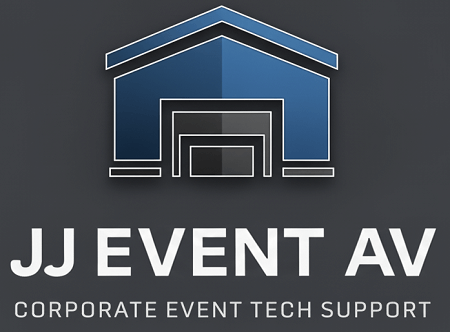Thinking of a DIY projector rental for your event? Don't ruin your meeting visuals. Learn the 3 most common mistakes people make—like choosing the wrong lumens or aspect ratio—and how to ensure your display is bright and clear.
Avoid hidden fees and budget overruns on your next event. This guide for event planners explains how to negotiate your AV contract in Cape Town to secure a guaranteed, all-inclusive final bill price.
Discover the strategic in-house AV partnership model for Cape Town venues. We eliminate your equipment costs and technical burdens, providing a seamless service for your clients while turning your event AV from a cost center into a significant new revenue stream.
Planning an event in Cape Town and wondering how much to budget for a projector? This 2025 guide breaks down the typical costs, from budget-friendly DIY rentals to professional conference setups. Learn what factors influence the price and what you can expect to pay.
If you’ve ever wondered how live concerts, recordings, or even small events achieve professional, polished sound, the secret lies in the mixing console. This section of the training will walk you through what mixers and processors actually do, why they’re essential for everything from intimate coffeehouse gigs to massive stadium concerts, and how sound engineers use them to shape the audio experience. By understanding mixers, you’ll not only learn the heart of sound control but also gain insights into the tools that separate amateur setups from professional-grade productions.
Understanding cables is critical in live sound. The right connectors keep your PA system reliable, safe, and noise-free, while the wrong ones can ruin a show or damage gear. In this guide, we break down XLR, TRS, RCA, SpeakON, and more, with clear tips on when to use balanced vs unbalanced cables and how to keep your sound clean and professional.
Understanding Sound Sources in Live Sound Engineering In live sound, every great mix starts with knowing exactly where the sound comes from and how it behaves. Sound sources are the origin points of audio signals — from a singer’s voice, to the thump of a kick drum, to the hum of an amplifier. Each source has its own tonal character, volume range, and directional pattern, all of which influence microphone choice, placement, and mixing strategy. A skilled sound engineer doesn’t just capture sound — they control it. This means identifying the type of source (acoustic, amplified, electronic), understanding its frequency range, and predicting how it will interact with other sounds in the environment. Whether you’re dealing with a solo vocalist, a full band, or a corporate panel discussion, recognising the unique qualities of each source is essential for clarity, balance, and impact. This module will guide you through: • The main categories of sound sources you’ll encounter in live sound work. • How pickup patterns (unidirectional, bidirectional, omnidirectional) influence source capture. • Strategies for managing spill, feedback, and stage noise. • Real-world examples of matching sources to microphones and processing tools. By the end, you’ll have the knowledge to approach any live sound setup with confidence, ensuring every voice, note, and beat is delivered with precision and power to your audience.
Acoustics is the branch of physics that studies how sound behaves in different environments. From echoes and reverberations to sound reflection, diffraction, and refraction, acoustics helps explain why some rooms sound amazing while others distort audio. This knowledge is essential in fields like concert hall design, audio engineering, wildlife research, and even everyday communication.
This is a breakdown of sound, what it is and how it works. Learning live sound engineering can be useful.
